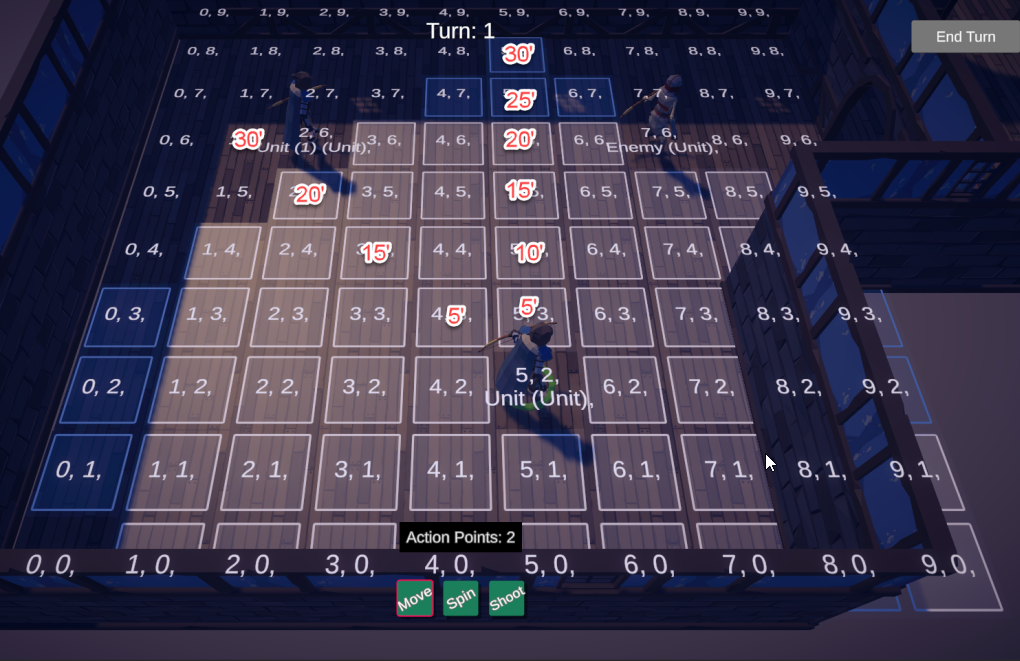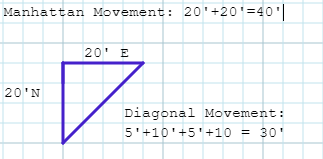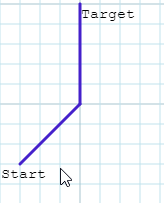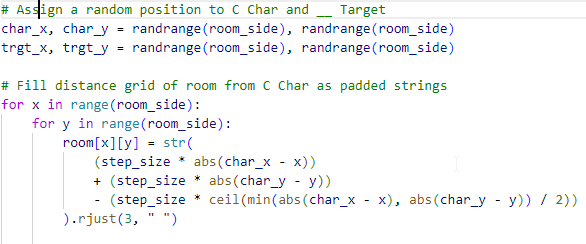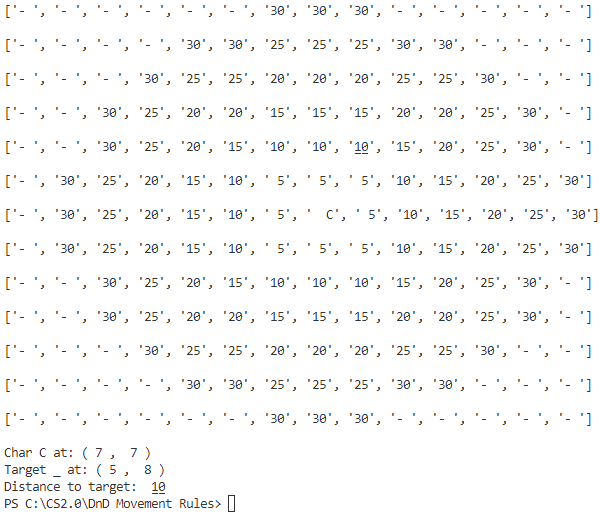Language: Python — Time: 90 minutes with research
Full Code on Gitfront.io — https://github.com/cswartzell
Another problem inspired by a Reddit thread: In Dungeons and Dragons nearly all actions are assigned a “DC” (Difficulty Class), which is a target number you want to meet or exceed when rolling a single 20 sided die (1d20) to succeed. For instance, “roll better than 15 to climb this wall”. There are certain actions players can take can aid their fellow party members, giving them assistance for these rolls. The Cleric spell Guidance, for instance, adds an additional 1d4 to a players next d20 roll while Enhance Ability grants “Advantage” on a roll which allows a player to roll two d20 and keep the higher result. Both of these options give a player a minor edge, but in different ways. Given the choice, which is statistically superior?
A pretty simple probability problem, and a good chance to play around with the matplotlib library in Python. We can simply generate all outcomes (1d20+1d4, and max(2d20)), calculate the probabilities of each combination, create a running total for each result showing “chance of rolling at least X”, and graph the result. Matplotlib allows us to create a clean, simple graph in just a few lines of code:

The answer ends up being quite surprising: It depends on the “DC” of the roll we are intending!

Adding 1d4 mostly just adds a simple offset to a linear probability, while advantage changes the probability to being nonlinear. Graphing the two, we see the lines cross each other multiple times, though just barely on the left.

On the low end, if we must avoid rolling a one to succeed in some challenge, then obviously we should take the added die as the lowest roll for 1d20+1d4 is 2, while there is still a slim possibility of 2d20 each showing a 1 (a 1 in 400 chance). Above this minimum, rolling 2d20 with Advantage gains an edge for some time, and results in the range 3-17 are significantly more likely.

For middle values we see that the Advantaged roll is significantly more likely to roll “at least” those targets. At its peak, rolling with Advantage gives us a 75% chance of getting at least 11, while 1d20+1d4 has only a 62.5% chance to be at least as much.

At 18 the lines very nearly cross again, though Advantage retains an edge, there being 27.75% chance of rolling at least 18 with Advantage compared with 27.50% if rolling 1d20+1d4. After a DC target of 18 the added 1d4 takes the lead again, and is more likely to give you a higher total. Significantly, the added d4 allows a player to roll above 20 as the combined results go up to 24. We now see this is actually the reason why the added die is less favorable for most middle target numbers: there are more total results so the probability of any specific result is commensurately reduced.
So, which to use? We see now this is dependent on the target DC— a value known only to the Dungeon Master. Players don’t have perfect information when playing and can only make an informed guess. Experienced players may have a sense (10 is pretty standard, 15 is a hard task, 20 is quite a challenge), and can perhaps game the system by estimating what the DM has in mind, but the difference is fairly slight either way.
More Math:
2d20 with advantage:
Mean: 13.82
Deviation: 4.71
1d20+1d4:
Mean: 13 (simply: mean 1d20 + mean 1d4 = 10.5 + 2.5)
Deviation: 5.87
